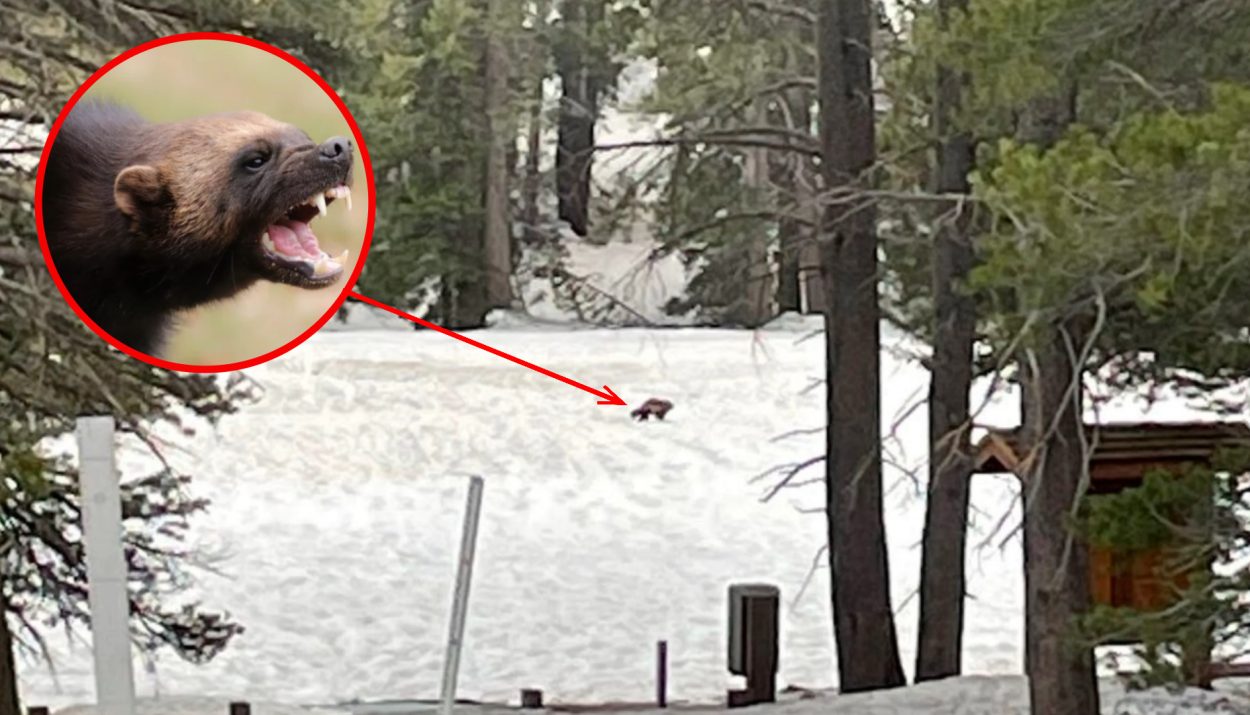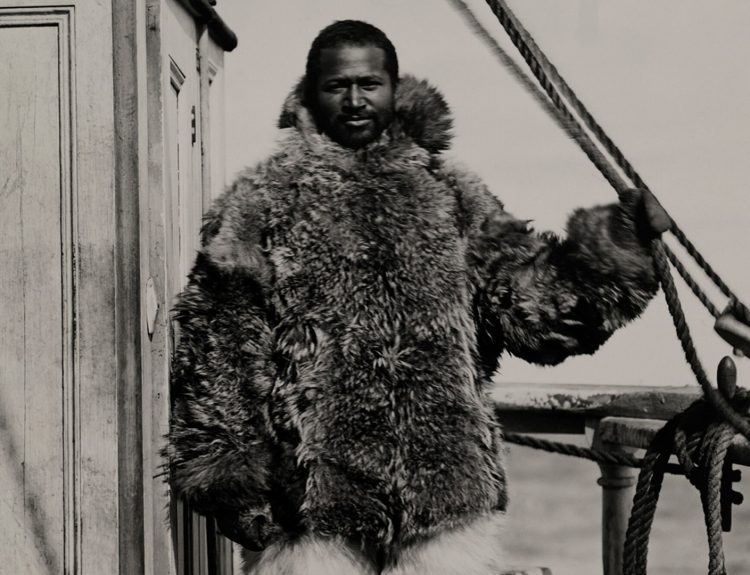In a surprising turn of events, state wildlife officials in California have reported three sightings of a wolverine in the eastern Sierra Nevada last month. This marks a rare occurrence for the elusive creature, which has only been documented in the state once in the past century.
Witnesses were able to capture images and videos of the wolverine in May, which were promptly forwarded to the wildlife department for further analysis. Experts from the U.S. Forest Service were consulted to provide additional insights.
One witness, Ryan Campbell, had a remarkable encounter with the wolverine during a late-season ski outing at Mammoth Mountain. While riding in a gondola, Campbell and fellow skiers were taken aback when they spotted an animal that initially resembled a small bear. However, upon closer observation, they noticed its distinctive long tail and a white marking.
Campbell shared his experience, stating, “We witnessed it dashing toward a cluster of trees nearby. Shortly after, we realized the reason behind its sudden sprint. A skier was descending down the slope and took a jump, seemingly unaware of how close they were to the animal.”
Based on the animal’s body proportions, movement patterns, and size, scientists from the wildlife department were able to conclusively identify it as a wolverine, as stated in the official news release.
Daniel Gammons, one of the head environmental scientists at the California Department of Fish and Wildlife (CDFW), commented in the official release, “Given the extensive roaming abilities of wolverines, it is highly probable that the recent sightings are attributed to one individual. Considering that there are only two wolverines that have been officially sighted in the state of California in the past century, this is big news.”
Wolverines were once present in California but effectively disappeared from the state since the 1920s. The reasons behind their local extinction can be attributed to factors such as fur trapping and extensive hunting that took place after the gold rush era. Unfortunately, the specific causes leading to the decline of the wolverine population in California during that time remain unclear due to limited records.
In 2008, there was a previous wolverine sighting in California that lasted until 2018, starting in Lake Tahoe’s National Forest. As the typical lifespan of a wolverine is around 12 years, the recent sighting last month is likely a different individual.
This latest wolverine is believed to be a young male in search of a potential mate. It has been observed on two occasions within Yosemite National Park and another time within the Inyo National Forest.
Gammons expressed his enthusiasm and surprise, stating, “It’s truly thrilling and unexpected.”
Male wolverines are known to traverse vast territories, covering several hundred square kilometers. Gammons suggested that the heavy snowfall during the winter in the western region might have created “habitat bridges” for the wolverine. This could have enabled the animal to journey from the Rocky and Cascade mountain ranges or even from as far as Alaska or Canada to reach California.
California experienced record-breaking snowfall this past year in various regions, contributing to higher snowpack levels in the typically arid state. It is worth noting that Colorado and Utah also witnessed substantial snowfall during the same period.
According to wildlife officials, wolverines are the largest land dwellers of the weasel family. They resemble tiny bears and primarily inhabit Alaska and Canada, with a few minor populations among the Cascade Mountains and the Rocky Mountains.
In the state of California, wolverines are classified as “threatened” under California’s Endangered Species Act, affording them full protection under the law.
State wildlife officials are actively seeking to obtain a sample of the wolverine’s feces or hair for genetic analysis. This species, being the largest land-dwelling member of the weasel family, is categorized as threatened under the California Endangered Species Act.
Unfortunately, wolverines are not currently included in the federal endangered species act. The U.S. Fish and Wildlife Service is now assessing whether they should be after a series of legal discussions.
The recent wolverine sightings in California’s eastern Sierra Nevada have sparked excitement and intrigue among wildlife enthusiasts. As researchers continue to study and monitor these rare creatures, we eagerly await further updates on their presence and impact on the state’s ecosystem.






